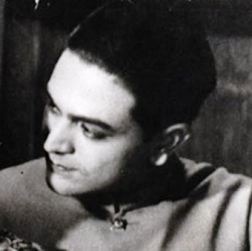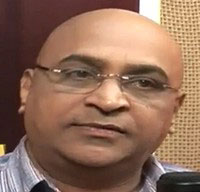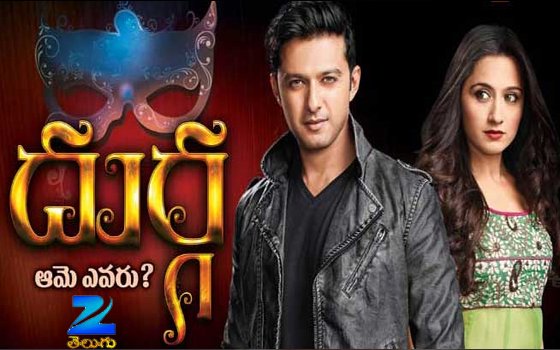
 .
.  ”, which although a subsequent failure in its Indian version, drew attention for her acting abilities.
”, which although a subsequent failure in its Indian version, drew attention for her acting abilities.  . In the two decades spanning the 1930s and 40s she was propelled into the center stage of Indian films, and this marked her out for posterity as the “first lady” of Indian movies. Her successful career was typified by her association with
Ashok Kumar
Ashok Kumar hails from Hyderabad, Andhra Pradesh. >> Read More...
. In the two decades spanning the 1930s and 40s she was propelled into the center stage of Indian films, and this marked her out for posterity as the “first lady” of Indian movies. Her successful career was typified by her association with
Ashok Kumar
Ashok Kumar hails from Hyderabad, Andhra Pradesh. >> Read More...
 in as many as 10 films, in most of which they played roles of lovers from contrasting socio-economic backgrounds. Most of her films were women centric ones, some of which also dealt with social issues of the period. The more notable films were “Jeevan Naiya”, in 1936, which also signaled the beginning of Ashok Kumar's long career; followed by the tragedy film “Achhut Kanya” in 1936 and “Jeevan Prabhat” the next year, once again based on a socially irreconcilable love story. Her last film “
Durga
Nothing is better than an Interesting Script, Grea >> Read More...
in as many as 10 films, in most of which they played roles of lovers from contrasting socio-economic backgrounds. Most of her films were women centric ones, some of which also dealt with social issues of the period. The more notable films were “Jeevan Naiya”, in 1936, which also signaled the beginning of Ashok Kumar's long career; followed by the tragedy film “Achhut Kanya” in 1936 and “Jeevan Prabhat” the next year, once again based on a socially irreconcilable love story. Her last film “
Durga
Nothing is better than an Interesting Script, Grea >> Read More...
 ” in 1939 was once again with Ashok Kumar, where she portrayed the role of an orphan.
” in 1939 was once again with Ashok Kumar, where she portrayed the role of an orphan. LATEST NEWS
WEB STORIES
LATEST SERIALS & SHOWS
LATEST WEB SERIES
LATEST PHOTOS
ACTRESS PHOTOS
LATEST ARTICLES
OTHER MOVIE ACTRESSS
BORN TODAY